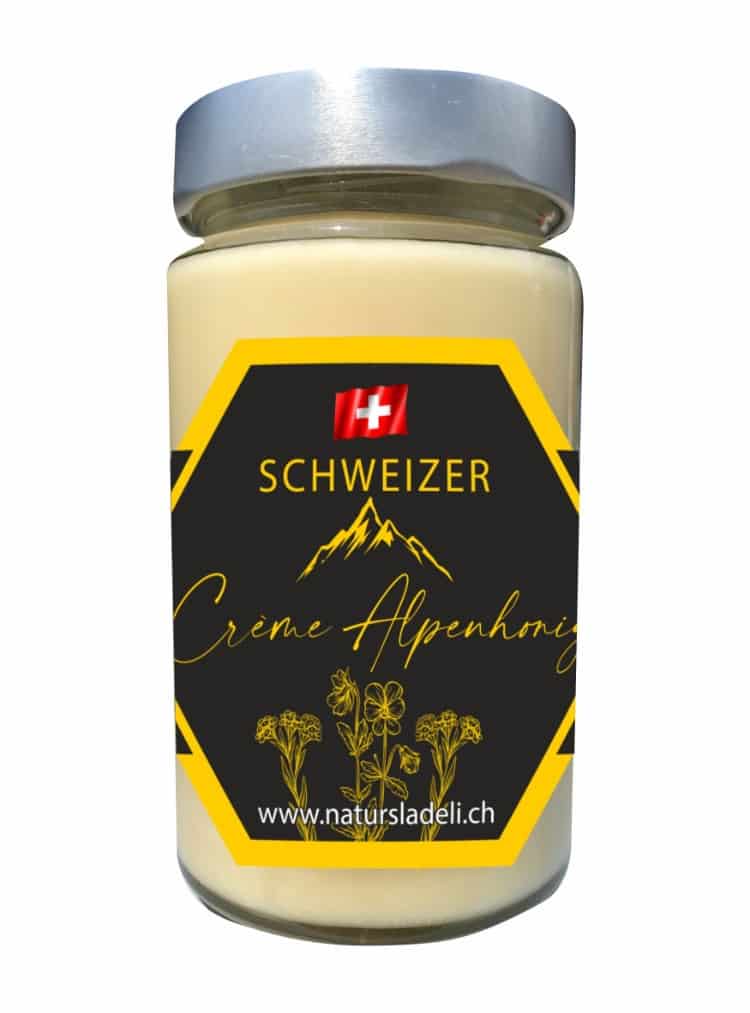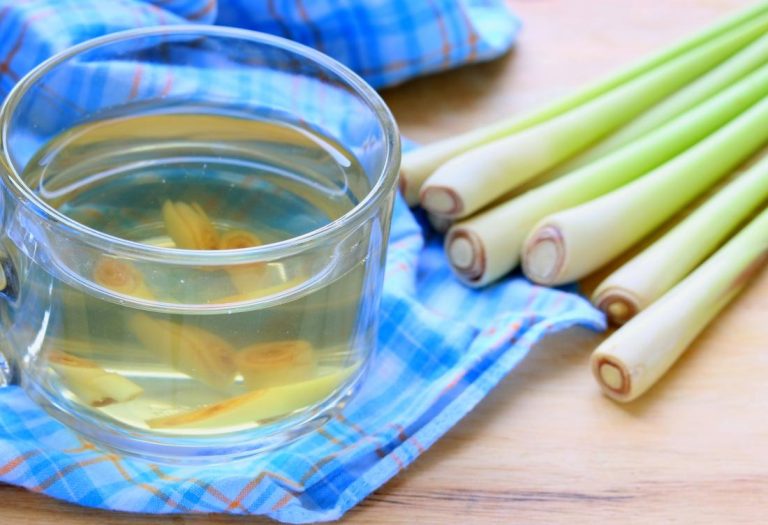Alpenhonig: Exploring the Alpine Symphony of Honey
Alpenhonig, or Alpine honey, is a distinctive and prized variety of honey that originates from the pristine and breathtaking Alpine regions of Europe. Nestled amidst the towering peaks and lush meadows, Alpine honey is a testament to the rich biodiversity and unique flora that characterize this majestic landscape. In this article, we will delve into the origins, characteristics, production methods, and cultural significance of Alpenhonig, unraveling the story behind this golden elixir from the Alps.
1. Origin and Terroir:
Alpenhonig is produced in the alpine meadows and valleys of countries like Austria, Switzerland, Germany, Italy, and Slovenia. The diverse range of flowers that thrive in the Alpine environment contributes to the distinct flavor and aroma of the honey. Alpine flowers such as alpine rose, wildflowers, edelweiss, and various herbs impart a unique terroir to the honey, making it a true reflection of the alpine landscape.
2. Floral Diversity:
The Alpine region boasts a rich tapestry of plant species due to its varied elevations and climates. Alpine honey captures the essence of this floral diversity, presenting a nuanced flavor profile that can range from floral and herbal to slightly spicy. Bees forage on a myriad of alpine blossoms, resulting in a honey that is both complex and harmonious.
3. Production Methods:
The production of Alpenhonig involves the diligent work of bees collecting nectar from the alpine flora. This nectar is then transformed into honey through enzymatic processes within the hive. The unique combination of flowers in the Alpine region contributes to the honey’s specific characteristics. Alpenhonig is often minimally processed to preserve its natural flavors and health benefits.
4. Health Benefits:
Similar to other high-quality honey varieties, Alpenhonig is rich in antioxidants, vitamins, and minerals. It is believed to have antibacterial properties and is often used as a natural remedy for sore throats and coughs. The diversity of plant sources in Alpine honey adds to its nutritional value, making it a wholesome addition to a balanced diet.
5. Culinary Uses:
Alpenhonig is not just a sweetener; it is a gourmet ingredient appreciated by chefs and culinary enthusiasts. Its nuanced flavor makes it an excellent accompaniment to cheeses, desserts, and even savory dishes. The honey can be drizzled over Alpine cheeses, used as a glaze for meats, or incorporated into salad dressings for a touch of sweetness.
6. Cultural Significance:
In Alpine cultures, honey has held cultural and symbolic importance for centuries. Alpenhonig, in particular, is often associated with the purity and vitality of the Alpine environment. The honey reflects the close connection between the people of the Alps and their natural surroundings, embodying a tradition of craftsmanship and respect for the land.
7. Sustainable Beekeeping:
The production of Alpenhonig is often tied to sustainable beekeeping practices. Beekeepers in the Alps understand the delicate balance between human activity and the natural world, emphasizing the importance of preserving the alpine ecosystem for the well-being of both bees and humans.
Conclusion:
Alpenhonig, with its exquisite flavors, nutritional richness, and cultural significance, stands as a testament to the harmony between nature and human cultivation. As you savor the golden sweetness of Alpine honey, you embark on a journey through the alpine meadows, experiencing the essence of the mountains in each spoonful.






